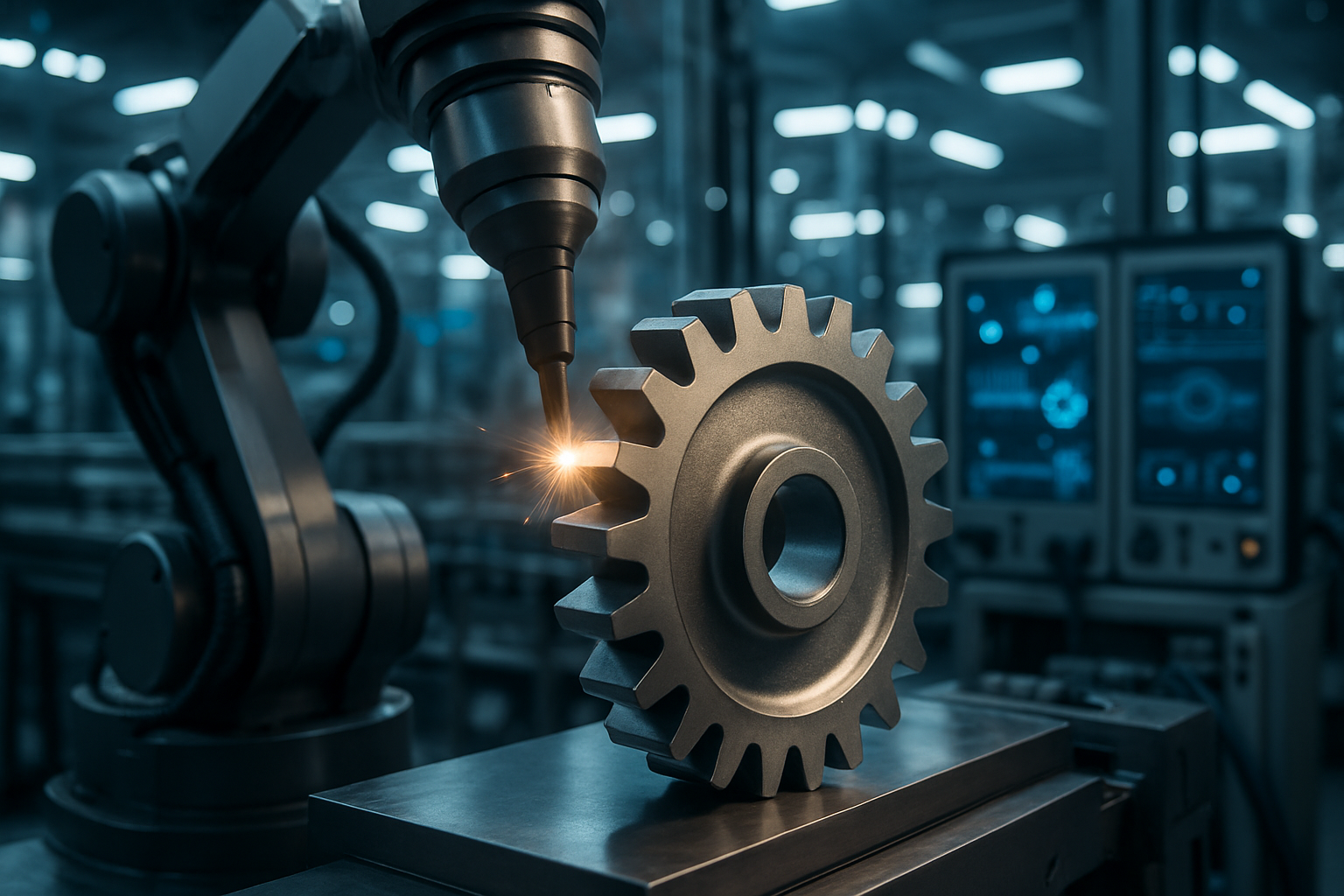Shifting Gears: Gear Manufacturing in Industry 4.0
Manufacturing gears, those little cogs that set the wheels of industry in motion, has undergone significant changes in recent years. This transformation, brought about by advancements in digital technology, is shaping the future of gear manufacturing. This article will delve into the evolution of gear manufacturing, the current trends in the sector, and how these developments are impacting the industry.

The Evolution of Gear Manufacturing
In the early days of gear manufacturing, processes were manual, time-consuming, and required high levels of skill. The advent of machinery in the late 19th and early 20th centuries enabled mass production of gears, making them widely available and leading to a boom in industrial growth.
The 21st century brought about the digital revolution, heralding Industry 4.0. This era, characterized by the fusion of physical and digital technologies, has led to the advent of smart factories, where machines communicate and make decisions independently.
Riding the Wave of Industry 4.0
Today, gear manufacturing is becoming increasingly digitized, with machines and software replacing many traditional manual processes. This digital transformation is driven by several key trends:
-
Smart manufacturing: This involves the use of IoT-enabled devices, machine learning, and AI to automate production processes, improve efficiency, and reduce errors.
-
Predictive maintenance: Sensors embedded in machinery can monitor performance in real-time and predict potential faults, reducing downtime and increasing productivity.
-
Additive manufacturing: 3D printing technologies are being used to produce gears with complex geometries and materials that were previously impossible or impractical to manufacture.
Impact, Benefits, and Challenges
The digitization of gear manufacturing has wide-reaching implications. It can significantly increase efficiency and reduce costs, making companies more competitive. However, it also presents challenges, such as the need for significant investment in new technologies and the potential displacement of traditional jobs.
The benefits of this transformation are numerous. Error rates are significantly reduced, production times are shortened, and new designs can be prototyped and tested quickly. Furthermore, predictive maintenance can prevent costly breakdowns and improve the lifespan of machinery.
However, the challenges cannot be ignored. The initial investment in digital technologies can be high, and there is a steep learning curve for employees. Additionally, as machines become more autonomous, the role of human workers is changing, potentially leading to job losses.
Practical Insights for Gear Manufacturers
-
Acquiring the right technology is crucial. However, it’s also important to invest in training for employees to ensure they can effectively use these new tools.
-
Manufacturers must also be proactive in managing the transition from traditional to digital processes to minimize disruption.
-
Despite the challenges, manufacturers cannot afford to ignore the digital revolution. Those who do risk being left behind as their competitors harness the power of Industry 4.0.
In conclusion, the digital transformation of gear manufacturing is reshaping the industry. While the transition presents challenges, the benefits of increased efficiency, reduced costs, and new manufacturing capabilities make it a worthwhile journey. As we move further into the era of Industry 4.0, gear manufacturers must adapt to these changes or risk being left behind.






